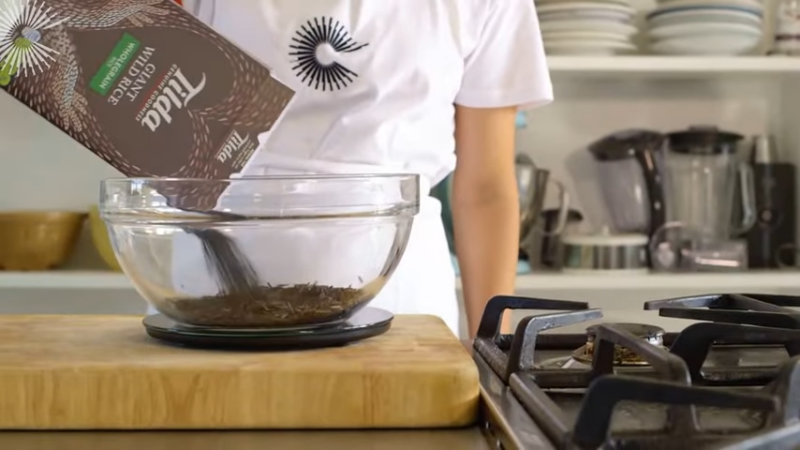Hello there! Let’s talk about wild rice, a versatile and nutritious grain that’s often overlooked in the culinary world. It’s not just about its rich, nutty flavor or its chewy texture.
It’s also about the nutritional powerhouse it is, packed with protein, fiber, and antioxidants. But here’s the thing – to unlock all these benefits, you need to know how to cook it right. So, let’s dive in!
What is Wild Rice?
Wild rice is quite different from your regular white or brown. It’s longer, darker, and has a unique, robust flavor. There are several varieties, each with its own distinct characteristics. The harvesting and processing are also quite fascinating, often involving traditional methods passed down through generations.
Fun Fact: Despite its name, wild rice is actually a type of grass seed!
| Varieties | Characteristics |
| Northern Wild Rice | Dark brown, nutty flavor |
| Wild Lake Rice | Light color, mild flavor |
| Cultivated Wild Rice | Uniform size, less expensive |
Cooking Methods
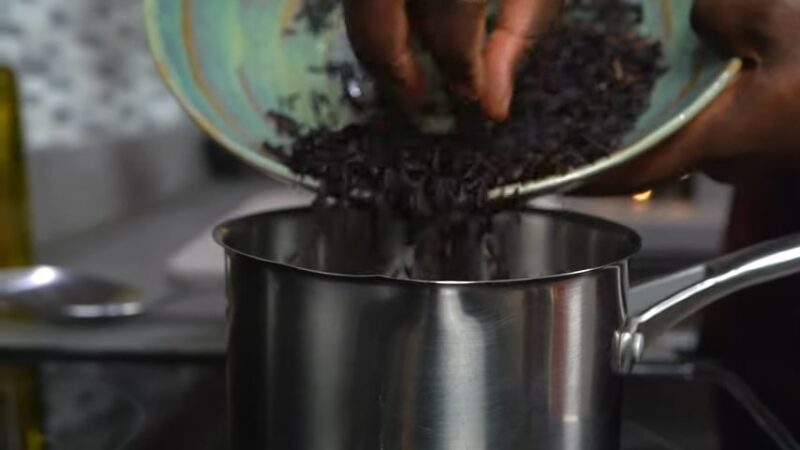
There are several ways to cook it, each with its own unique benefits. Here’s a closer look:
- Stovetop Method: This traditional method gives you the most control over the texture. Simply bring your water and rice to a boil, then reduce the heat and let it simmer until the grains are tender and have popped open. This usually takes about 45-55 minutes.
- Rice Cooker Method: If you’re looking for a hands-off approach, a rice cooker is your best friend. Just add your rice and water, then set it and forget it! The cooker will automatically adjust the temperature to ensure perfectly cooked wild rice every time.
- Instant Pot/Pressure Cooker Method: For those who are short on time, pressure cooking is a game-changer. It can cut the cooking time in half, and the result is consistently fluffy and tender. Remember to follow the manufacturer’s instructions for the best results.
Fun Fact: Wild rice pops open when it’s fully cooked, revealing a tender white interior!
Flavoring and Seasoning
It already has a naturally rich flavor that can be enhanced with simple ingredients like salt and oil or butter. You can also experiment with different herbs, spices, vegetables, nuts, and dried fruits to create a dish that suits your palate. Here’s how different cultures add flavor:
| Culture | Flavoring Ingredients |
| Indian | Turmeric, cumin, coriander, garam masala |
| Chinese | Soy sauce, ginger, garlic, scallions |
| Italian | Olive oil, garlic, basil, oregano |
| Mexican | Cilantro, lime, chili powder, cumin |
| Middle Eastern | Saffron, cinnamon, cardamom, allspice |
Fun Fact: In many cultures, rice is often cooked in broth (vegetable, chicken, or beef) to infuse it with more flavor!
Serving Suggestions
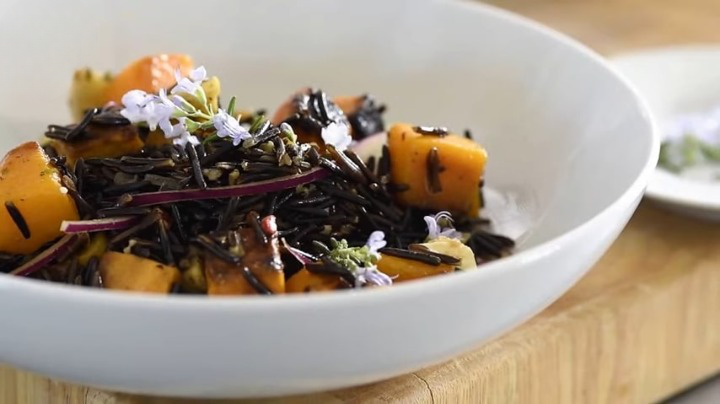
Wild rice is incredibly versatile. You can enjoy it as a standalone dish, or incorporate it into salads, pilafs, soups, and stews. The possibilities are endless! Here are some common dishes, their origins, and a brief description of each:
| Dish | Origin | Description |
| Wild Rice Salad | United States | A refreshing salad featuring wild rice, fresh vegetables, and a tangy vinaigrette. |
| Wild Rice Pilaf | Middle East | A flavorful dish where wild rice is cooked in broth and mixed with sautéed onions, carrots, and spices. |
| Wild Rice Soup | United States | A hearty soup where wild rice is cooked with vegetables and meat, often chicken or turkey, in a creamy broth. |
| Wild Rice Stir-fry | China | A quick and easy dish where cooked wild rice is stir-fried with vegetables, protein, and a savory sauce. |
| Wild Rice Casserole | United States | A comforting baked dish where wild rice is mixed with vegetables, protein, and a creamy sauce, then topped with cheese and baked until golden. |
Fun Fact: In Native American cultures, wild rice is often served as a part of ceremonial meals!
Storing Cooked and Uncooked Wild Rice
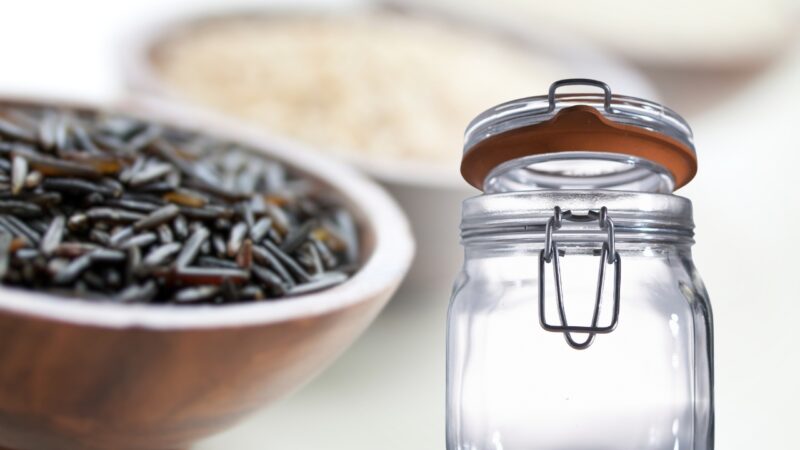
Proper storage is key to maintaining the quality of both cooked and uncooked wild rice. Uncooked should be stored in an airtight container in a cool, dry place, where it can last for several years. Cooked, on the other hand, should be refrigerated in a sealed container and consumed within a week. If you want to store it for longer, you can freeze it for up to six months.
Reheating can be a breeze:
- Microwave: Place in a microwave-safe container, add a splash of water, and break up any clumps with a fork. Cover the container with a plate or a damp paper towel and heat on high for 1-2 minutes per serving.
- Stovetop: Transfer to a saucepan, add a splash of water and a bit of oil or butter. Break up any clumps with a fork, cover the pan with a lid, and heat on low for about 3-5 minutes, stirring often.
- Oven: Preheat your oven to 300 degrees F (148 degrees C). Place in a baking dish, add a splash of water and a bit of oil or broth. Cover with a lid or aluminum foil and bake for about 20 minutes.
Pro Tip: Stir-frying is a great way to revive leftover rice and give it a delicious, crispy texture!
FAQ
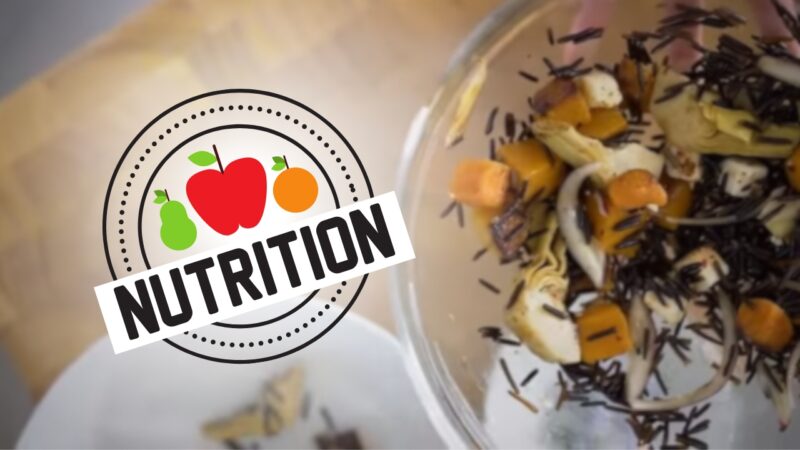
Is wild rice gluten-free?
Yes, naturally gluten-free and is a great choice for those with gluten sensitivities or celiac disease.
How does wild rice differ from brown or white in terms of nutrition?
Higher in protein and fiber. It also contains important minerals like zinc and phosphorus.
Can I cook without soaking it first?
Yes, soaking is optional. It can help reduce the cooking time and enhance the texture, but it’s not necessary.
What is the ideal water-to-rice ratio for stovetop cooking?
The general rule of thumb is a 3:1 ratio for stovetop cooking.
How long does it take to cook in a rice cooker or instant pot?
It typically takes about 45 minutes in a rice cooker and 25-30 minutes in an Instant Pot.
Can I freeze cooked wild rice?
Yes, cooked wild rice can be frozen for up to six months.
Are there any health considerations when consuming wild rice?
Generally safe to consume, but as with any food, it’s important to eat it in moderation as part of a balanced diet.
Can I mix with other types of rice for cooking?
Absolutely! Mixing with other types of rice can add a nice variety of textures and flavors to your dish.
Is it possible to cook in vegetable or coconut milk for added flavor?
Yes, cooking in a broth is a great way to infuse it with additional flavor.
How can I tell when it is fully cooked and ready to eat?
When the grains have popped open to reveal their white interiors.
Conclusion
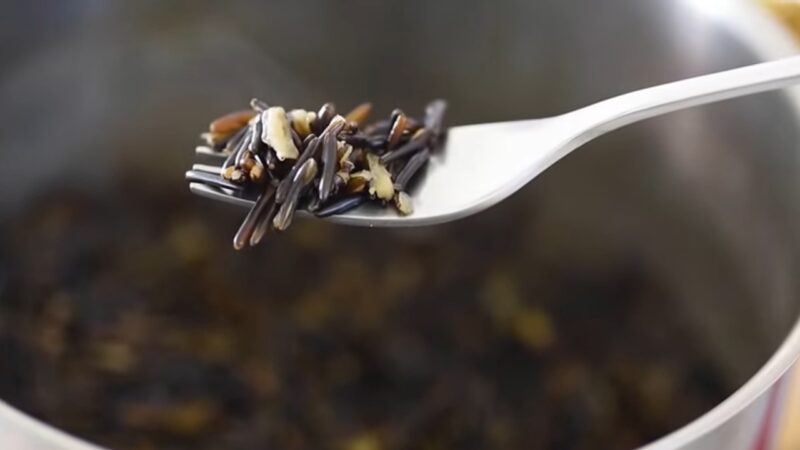
So, there you have it! Wild rice is not just a nutritious grain; it’s a culinary adventure waiting to happen. I encourage you to explore different cooking methods, play around with flavors, and make it a staple in your kitchen. Trust me, once you start cooking with wild rice, there’s no going back!

